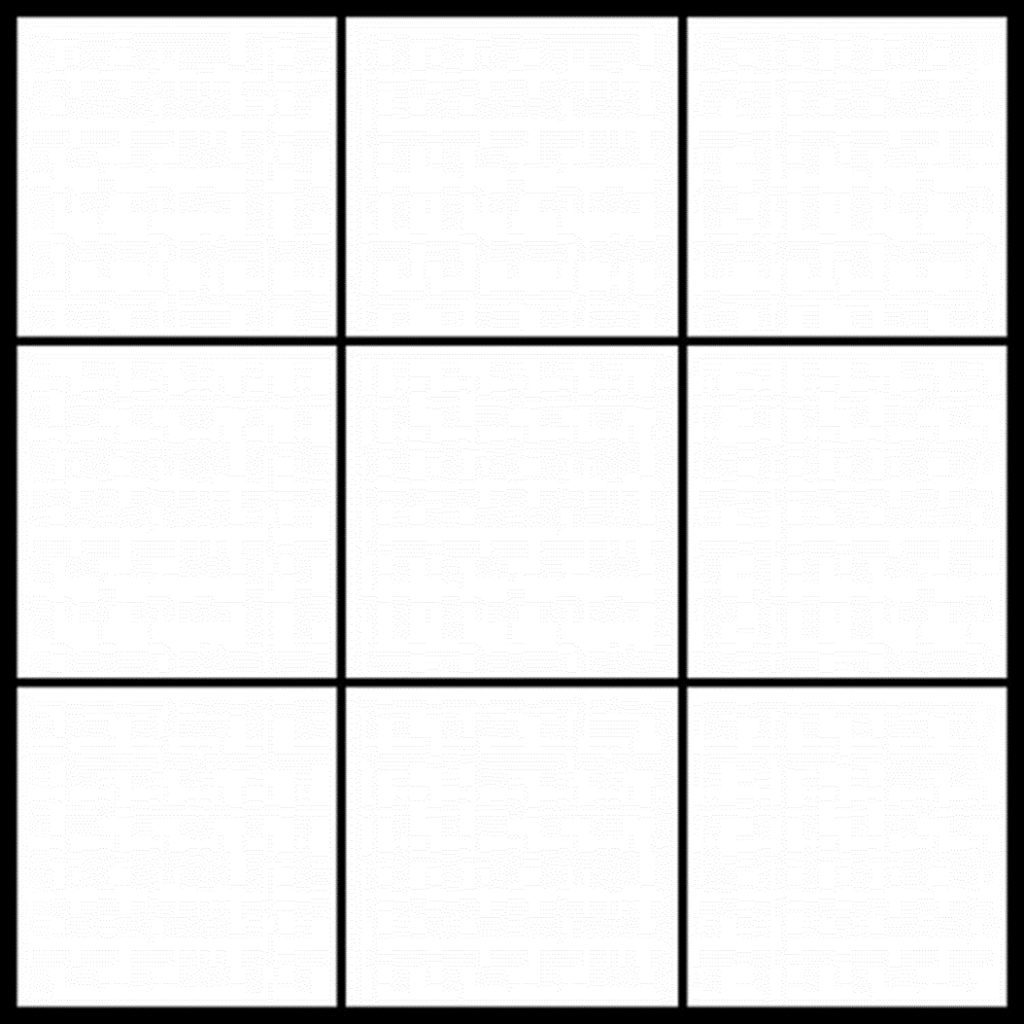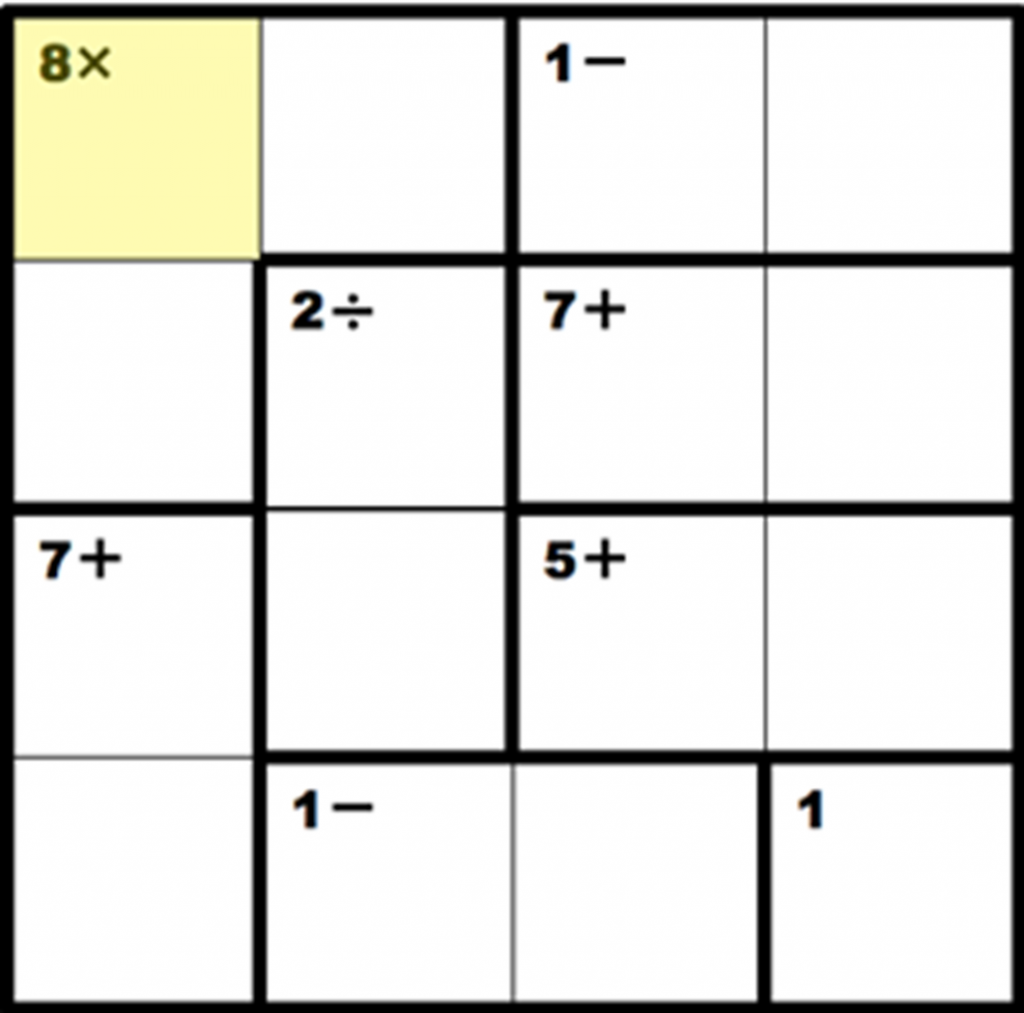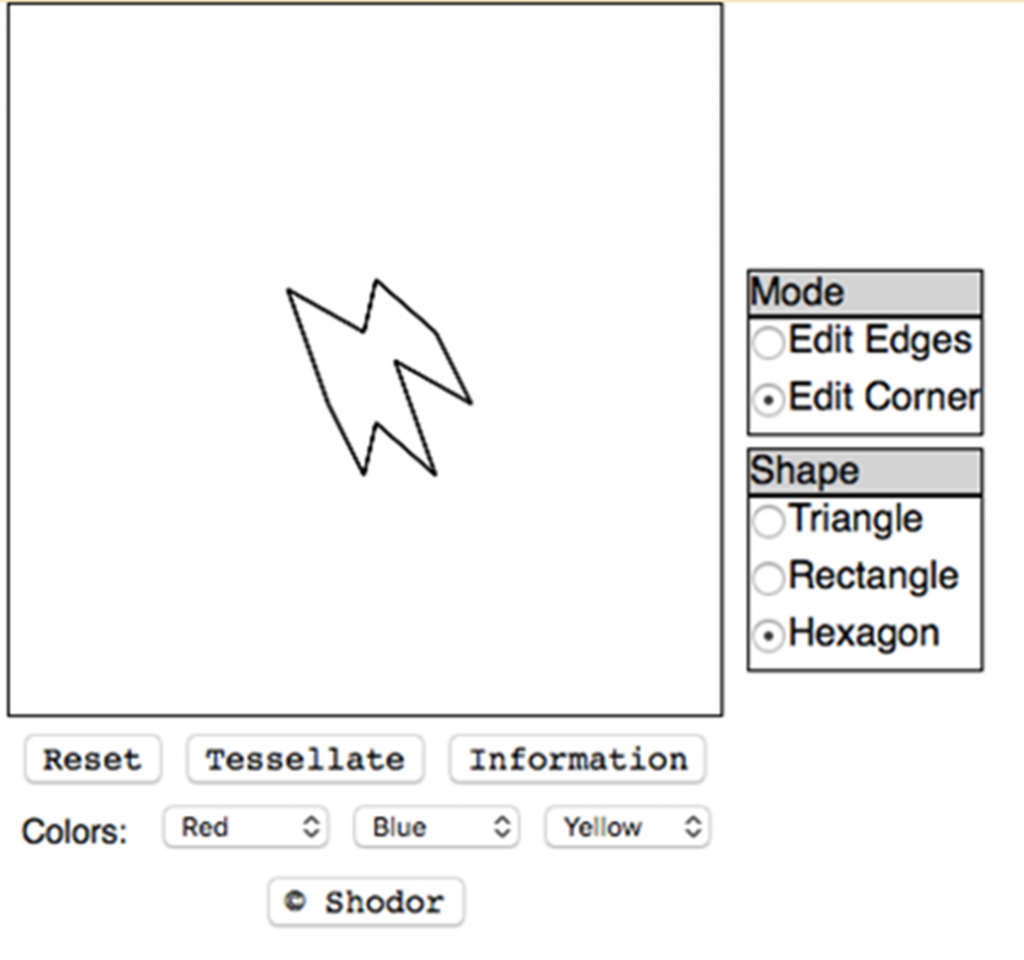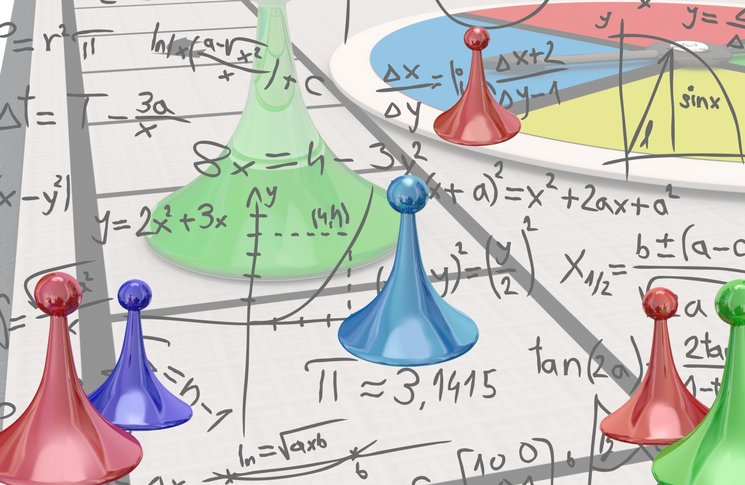Puzzles and games in the classroom could be just the thing.
by Cathie Maglio, Blended Learning Specialist
I love math, in all its shapes and forms. To me, it’s fun. But I’m a math teacher. For many students and teachers, “fun” is not the word they would apply to math. Deadly dull, difficult and boring would be more likely. Wouldn’t it be great if teachers could find a way to make math engaging and fun for students? And for themselves?
I belong to a national organization of math teachers called the National Council of Teachers of Mathematics (NCTM). This organization sponsors a national convention every year as well as regional conferences throughout the year. I have gone to a few of these, especially when the national conference is held in Boston. It’s a good way to keep on top of new software and trends in math education. I have a few fond memories of past conventions. Houghton Mifflin used to sponsor a breakfast for teachers and authors. They gave away a convention coffee mug decorated with iconic pictures of the host city. Teachers really coveted those mugs! I still have mine from the convention in Boston with Paul Revere on his horse. I also have a T-shirt from the Minneapolis convention that I got in trade for a Pearson text book. It’s purple with an orange pine tree and ducks.
The national conventions are very large and draw many publishers and manufacturers of math games, software and textbooks as well as thousands of math teachers, curriculum developers and administrators. The conventions always open with keynote addresses by some top people in math education. This year a keynote address was given by John Urschel, a pro football player for the Baltimore Ravens. You might ask, why a football player? Well, it turns out that this football player is also a PhD candidate in Applied Mathematics at MIT!
Urschel’s talk was one of the most down-to-earth and inspiring I have ever heard. He talked about how he developed an interest in math. When he was in grade school, his mother bought him puzzles to keep him busy. He loved doing the puzzles and became very good at solving them. From doing the puzzles, he began to enjoy studying math in school. He also developed a love of sports and shined on the football field as well as in the classroom. His mother suggested that he study engineering, a subject heavy in mathematics. Urschel went to Penn State to play football and to study engineering. Again, he excelled both on the field and in the classroom. He was drafted by the Baltimore Ravens and was also accepted into the PhD program for Applied Math at MIT. He is a great role model for students who aspire to be scholar athletes, or who just like football players. There probably aren’t too many students who have mathematicians as role models. Here is a link if you would like to listen to his talk.
Mr. Urschel also talked about how we use mathematics in everyday life. Some examples are handling money, using a ruler or measuring tape to measure an object, computing a tip in a restaurant. If you look, math is all around us. There is no escaping it! He stressed that math is not just about manipulating numbers: it teaches reasoning skills that carry over into other areas of academics and life.
As a teacher, I was particularly struck by the way puzzles and games got him interested. It got me thinking about how to use games in teaching math. Here are some examples of games and puzzles that can be used in the classroom to strengthen students’ skills in math and logic.
Magic Square
The magic square is a widely used puzzle. You have a square divided into 4, 9, 16 or as many squares as you want. The object of the game is to have the sum of each column, row and diagonal add up to the same number.
Try it: place the numbers 1 – 9 in the square below so that the sum of each row, column and diagonal is equal to 15.

KenKen
Another game I like is called KenKen. KenKen was the idea of a Japanese mathematics teacher named Tetsuya Miyamoto to improve his students’ math and logic skills. It is a grid-based numerical puzzle that uses the basic math operations—addition, subtraction, multiplication, division—to challenge your logic and problem-solving skills. By altering the size of a KenKen grid from 3 x 3 up to 9 x 9 and employing different combinations of the math operations, five different difficulty levels can be generated and an endless number of puzzles. Here is a link to learn more about KenKen or create puzzles for your classroom.
Here’s an example. Place the numbers 1 – 4 in each group of blocks to get the answer using the given operation. Each row and column must contain the numbers 1-4 without repeating a number.

Tessellations
Tessellation is the filling in of a plane using geometric shapes called tiles with no overlaps and no gaps. The technique goes back to ancient mosaics. In recent times, M.C. Escher made tessellation a uniquely modern form of art. Tessellations can be found in floor tiles, architecture, wall paper, coffered ceilings, cobblestones and many other places. The website Math Wire is a great resource for helping students create tessellations. The interactive site allows students to create tessellations online.
Here is one that I created. First I created this shape:

Then when I hit the tessellate button it became:
![]()
Not bad for a math teacher! Anyone can have fun with tessellation.
These are just a few ideas on how to use puzzles and games in the classroom. If we make math fun to learn, the computation and reasoning skills involved in these activities will translate into better grades and test scores as students discover that math is not so abstract and frightening after all. Teachers will have more fun too.





